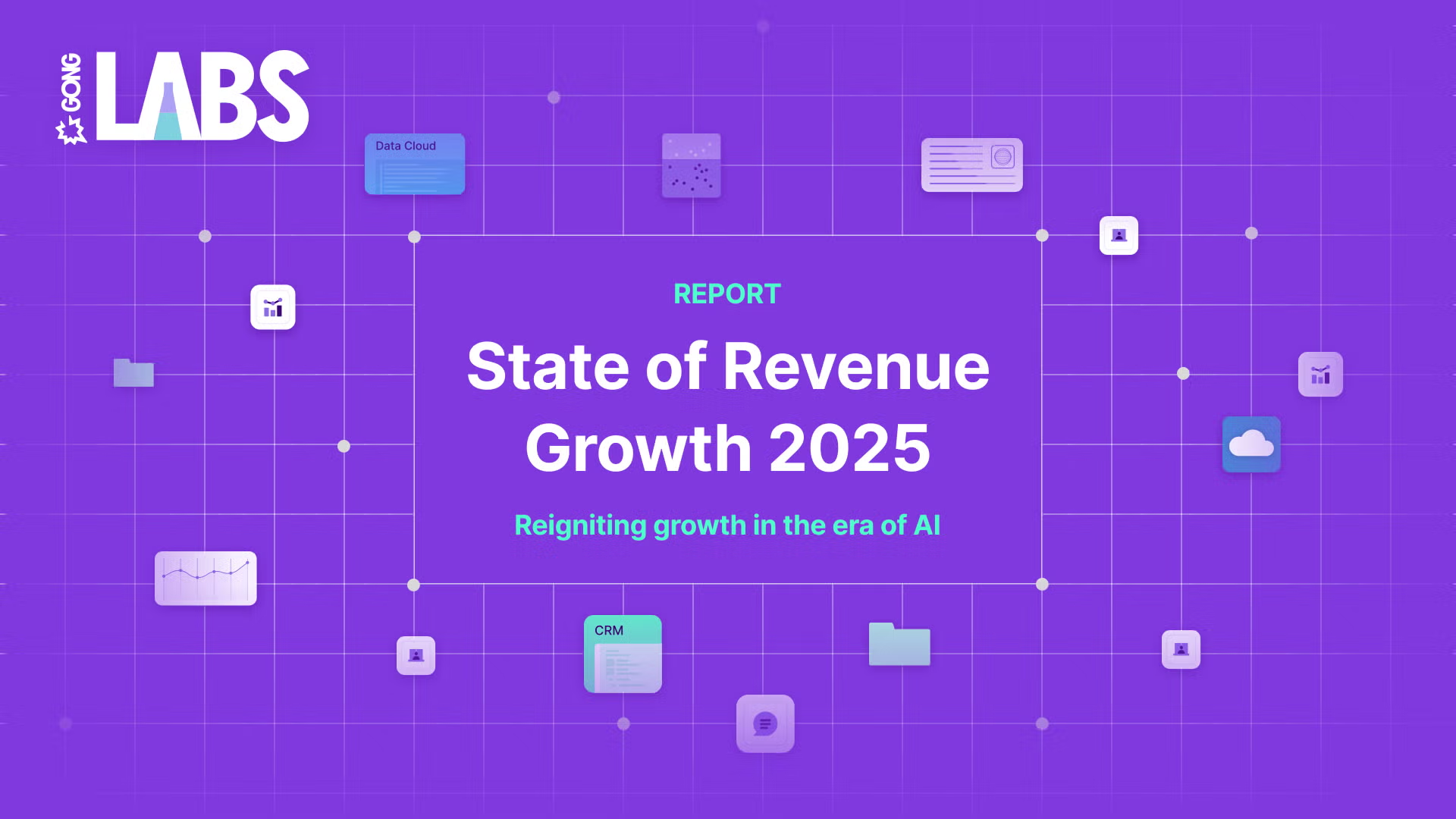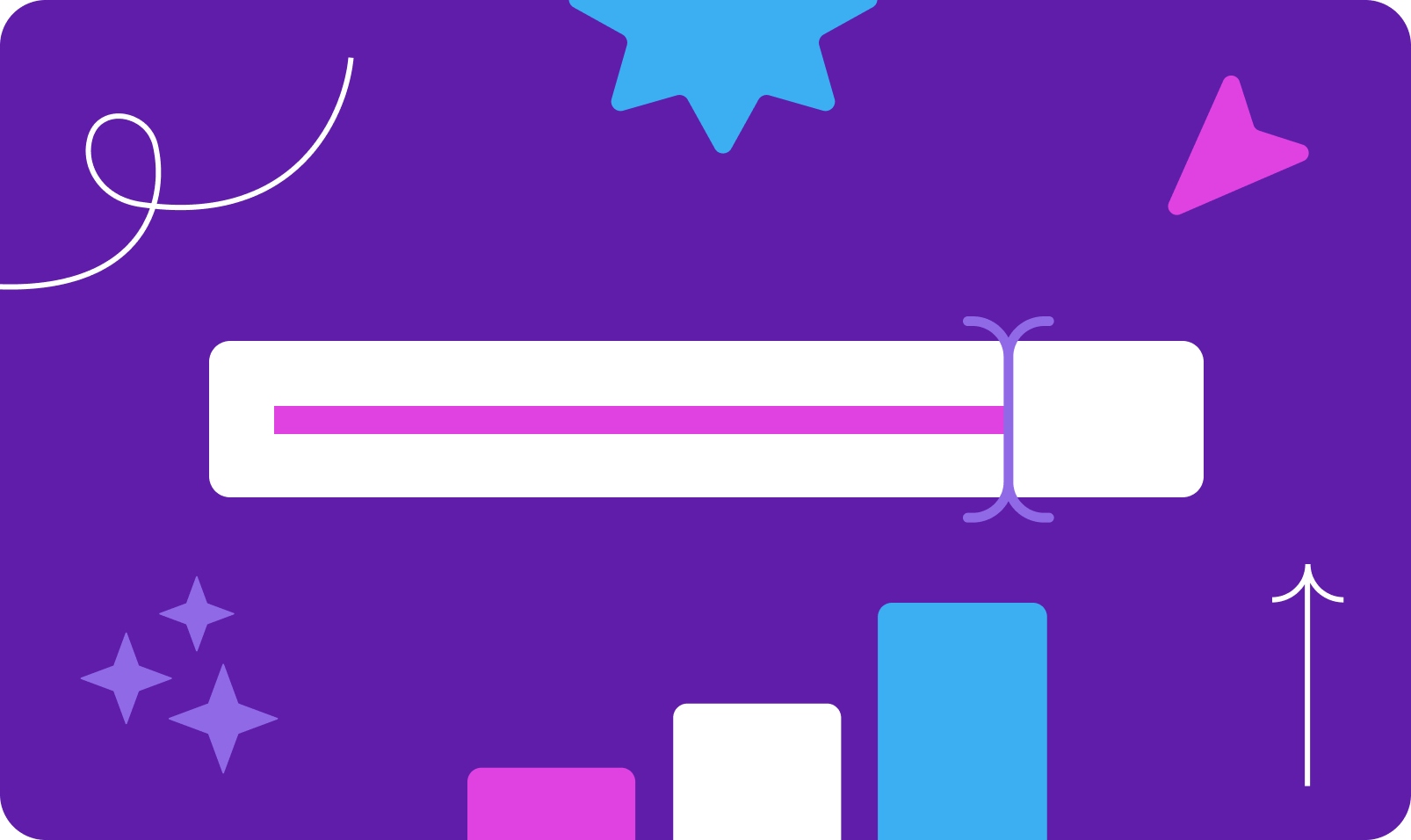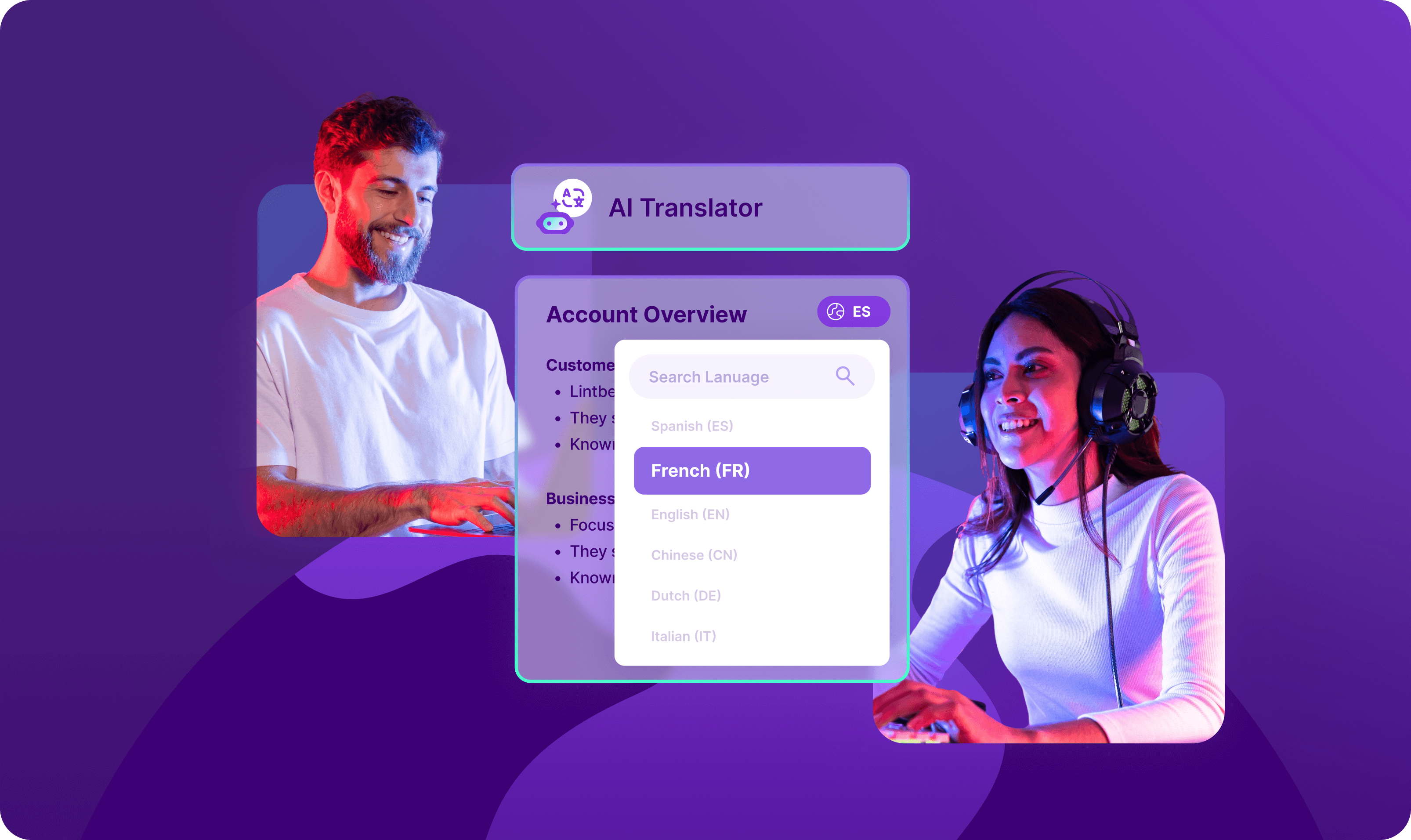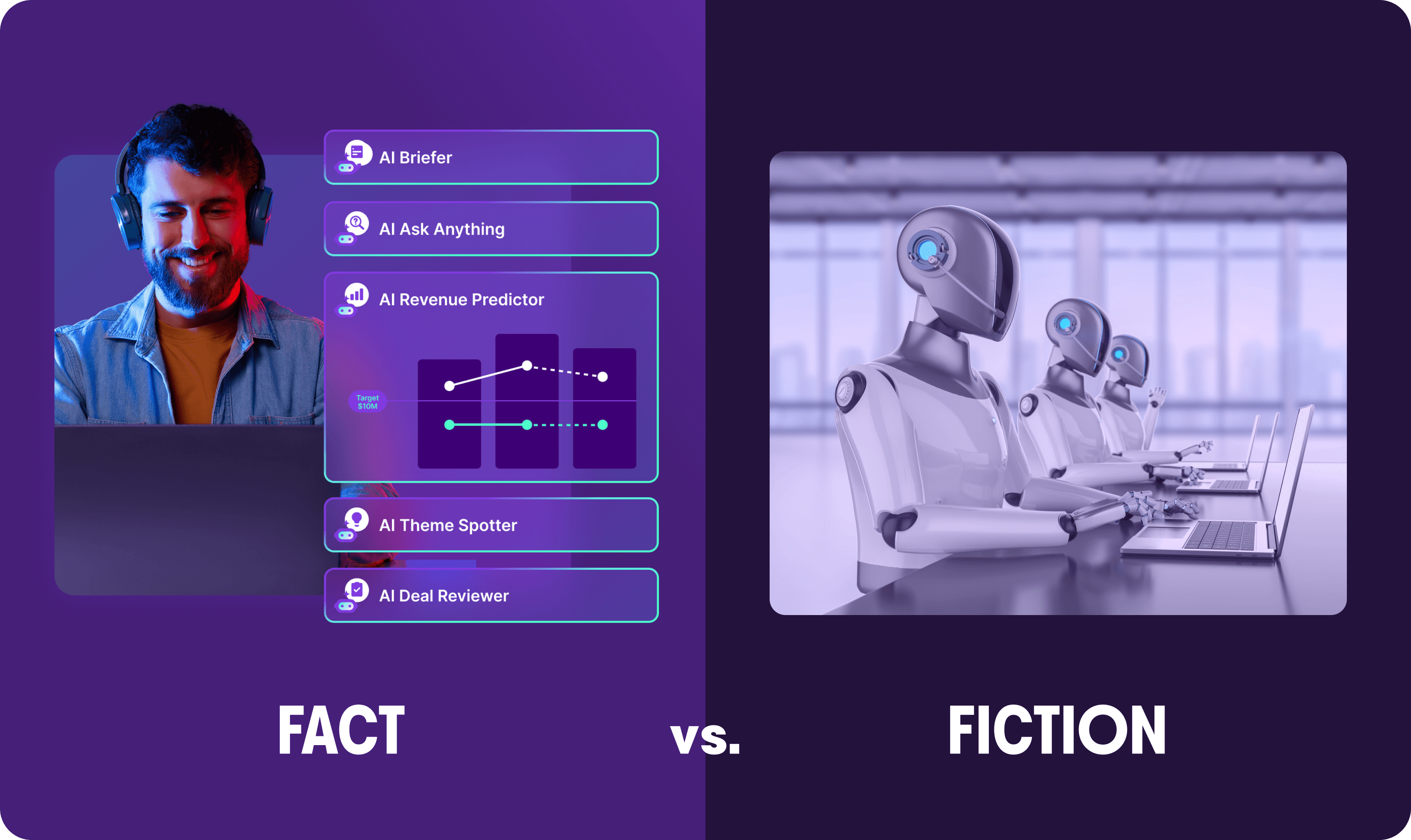Executive insights
Using AI to turn constant change into a competitive advantage

Joanna Johnston
Senior Vice President, Customer Success
Published on: January 27, 2025

Change is the only constant for customer success teams.
New hires join. Roles evolve. Strategies pivot. And despite how predictable these shifts are, organizations still struggle to adapt seamlessly. The consequences can be huge.
But where others see chaos, leaders see opportunity.
We’ve built a competitive advantage at Gong by mastering the art of change management — and it’s all rooted in our ability to make transitions not just manageable but beneficial.
Here’s how we do it.
3 pillars of change that define every customer-facing team
Change comes in three critical areas, all of which directly impact customer success and revenue:
- New hires: Customer-facing teams — sales, account managers, and success managers — are in constant flux. Whether they’re growing headcount, entering new markets, or filling key roles, these teams have both an opportunity and risk with every new hire. And when there is a personnel change, customers expect seamless continuity—but oftentimes they get onboarding delays and a lack of context.
- Role changes: Promotions and role changes are a necessary part of growth but transitions often leave gaps. And the last thing a customer wants or should have to do is bring a new rep up to speed — especially when projects are on strict timelines (which they always are). At risk: delays, missed opportunities, and potential revenue loss.
- Go-to-market strategy shifts: All businesses these days are dynamic. Markets change fast and strategies (or tactics) need to be adapted to meet the opportunities. That could mean new segments, territories, or comp plans. Layer on unforeseen market dynamics, and the pressure to adapt quickly — without dropping the ball — is massive.
What’s common among these three pillars of change? They aren’t one-offs — they’re constants. And companies that treat them as isolated events will always be playing catch-up, while companies that manage them proactively lead the pack.
Why traditional tools fall short
Relying on static CRM systems to manage change is like navigating with a paper map in the age of GPS.
CRMs capture snapshots, not stories. They depend on manual updates, which means they’re inconsistent at best and incomplete at worst.
Take new hires as an example. As a new CS hire ramps — whether a front line rep or manager — they’re often dependent on the details in a CRM or CS platform to get up to speed on an account. Best case, what they find in the CRM is a summarized fraction of the total picture. It doesn’t include the nuanced conversations and interactions that led to real outcomes. The result? New hires start every relationship from scratch, wasting time and eroding trust.
This is where revenue AI platforms like Gong change the game. When you capture every single interaction — calls, emails, meetings — and turn them into actionable insights, you get a dynamic, living record that empowers teams to hit the ground running.
Making change a competitive advantage
When you accept change as a constant and build a strategy around that reality, you turn your team’s change management capabilities into a significant competitive advantage.
- Empowering new hires: With revenue AI, a new account manager doesn’t need to start from zero. They can access a customer’s entire history — in their own words. They can instantly see important details and events, review key decisions, and understand what matters most to that account. By the time they’re on their first live call, they’re not guessing; they’re adding value.
- Seamless role changes: Role transitions are inevitable, but they don’t have to cause chaos. AI helps ensure continuity by preserving the context and nuances of every customer relationship. When a CS manager hands off an account, the new owner isn’t piecing together a story from scattered, unstructured notes. They’re walking in informed and prepared.
- Adapting go-to-market strategies: Shifts in segmentation or territory planning can cause short-term disruptions, but leaders can use revenue AI to stay agile. Need to reassign accounts? Changing how you sell? AI enables cleaner pivots by creating team alignment.
When companies don’t manage change effectively, the fallout is clear.
Customers feel neglected. Projects stall. Cross-sell and upsell opportunities evaporate. And worse, churn becomes a real threat.
But when done right, change becomes a growth driver. Customers notice when transitions feel effortless. They see it as a sign of professionalism, trustworthiness, and a commitment to their success. And that’s the kind of reputation that wins loyalty — and revenue — for the long term.
Change isn’t going anywhere. Stop treating it as a problem to solve and start seeing it as a strategy to master. Because in a world where change is constant, the companies that manage it best will always come out on top.
Discover more from Gong
Check out the latest product information, executive insights, and selling tips and tricks, all on the Gong blog.



